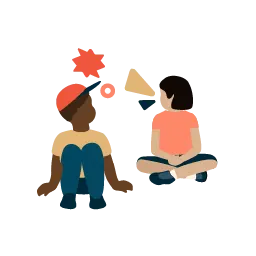I think my child has receptive language disorder. Now what?
Learn what to do next if you notice signs of receptive language disorder in your child.
Expert reviewed by Kelli Johnson, MA
Your child doesn’t seem to understand what people mean when they talk. Could this be receptive language disorder?
It’s important to know that language disorders aren’t related to intelligence. And skills can improve with the right support.
If you think your child has receptive language disorder, here are some steps to take.
1. Learn the signs of receptive language disorder.
Some of the signs, like trouble following directions, are confusing because they can look like other things. Discover what you might see with receptive language disorder.
2. Look for patterns.
Watch when other people talk to your child and take notes on what you see. You might pick up patterns. The more you notice, the more information you have to share.
3. Find out what the teacher is seeing.
Tell the teacher what you’re seeing at home and ask if similar things are happening in school. Sharing information gives you both a better idea of your child’s challenges and what might help.
4. Talk with your child.
Language difficulties can make kids feel frustrated and alone. Tell your child that things can improve with the right help and that you’re working with the teacher to find out what that is.
5. Know where to go for answers.
Teachers and medical professionals are great resources. They can suggest ways to find out if your child has receptive language disorder. That might include a free evaluation at school.
6. Find ways to help at home.
You can help in many ways. Get tips for helping your child follow directions. And help your child look beyond challenges by exploring strengths and celebrating successes.
7. Build a support network.
Your child isn’t the only one who needs support. Reach out to people you trust and try to talk openly about your child’s challenges.

